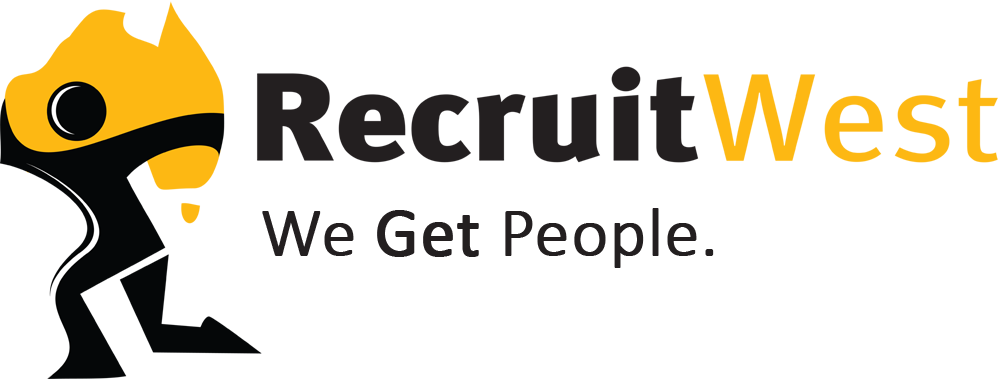Smart employers know how important it is to hire the right person the first time. This is because recruiting and training new staff is both time-consuming and not cheap. With this in mind, here at RecruitWest we have prepared some helpful guidelines for assisting your new hires to ‘hit the ground running’. Of course, the first few weeks of a new hire’s contract are some of the most crucial. Whatever their status (full-time, contract or casual), the new staff member should always be fully briefed about their position right from the start.
For most organisations, the best way to do this is to prepare a draft ‘on-boarding and orientation plan’ for the new person before they even start. This preparation is crucial for the on-boarding experience as it will help you decide exactly how to handle things when the new person begins.
You need to consider such details as who the new person will meet, what topics to raise, who will orientate them, the company culture and market they are aiming for, plus many others. If this plan is prepared early enough, it can also be used to assess some of the more promising job applicants, as it will provide useful information to ask them when they reach the final interview. Indeed, by asking for feedback on how the applicants could best be on-boarded should they get the job, you add a whole new dimension to the interview process, while also hopefully, setting yourself up for hiring the best applicant.
Of course, once hired, the new applicant should be treated with the utmost care and respect. They should also be given a comprehensive tour of the new premises or workspace, as well as introductions to the rest of the team. Too often, new hires are welcomed on their first day by mountains of paperwork - while also being forced to wait for at least two more days to get their new email addresses and phone lines. It is usually much better to get the new hire rolling immediately.
You can do this by first going through the job description with them, and then deciding on a timeline for orienting them to the job and each of the necessary responsibilities. After a while this orientation process will become more refined and standardised, especially if it can be applied to all of your new hires, even those in casual or contract positions. This standardisation is also great for efficiency as it will save you lots of time in the long-run, and as your new hires are introduced to their positions.
Some other important tips for on-boarding new employees include:
- Reaffirm your confidence in the new hire regularly
By communicating openly and frequently that the new hire made the right decision to take the job, you create a closer and more focused relationship. By the same token, they also gain reassurance and confidence from your belief in them – leading to a ‘win-win’ situation
- Ensure good communication channels
Always keep the communication channels open with the new hire as this will help overcome any unforeseen issues or difficulties much more easily. As a manager, you should always make yourself available for comment or advice, as well as being the first point-of-contact for the new employee should they have any questions about the position. Also remember to touch base regularly about how they are settling into the new position
- Try to inspire the new hire
As a manager, it is important to be buoyant and positive when dealing with new recruits. This is also important because the new hire will almost always be just as keen as you are to make a good impression right from the start. A good way to maintain positivity is to warmly welcome the new hire at team meetings or privately, and to always speak well of them in front of other people
- Review new hire’s progress regularly
With all new hires it important you both provide and receive regular feedback. This could include regular reviews of probation, three and six-month performance reviews, checking current and past assignments, conducting training reviews, and many others.
Finally, with all new employees always check with them to ensure they are satisfied with their new position, and that they have all of their needs met (within reason).
In the case of outdoor workers this could include providing the correct equipment, Occupational Safety and Health (OS and H) training, or organising site relocation for FIFO workers.


